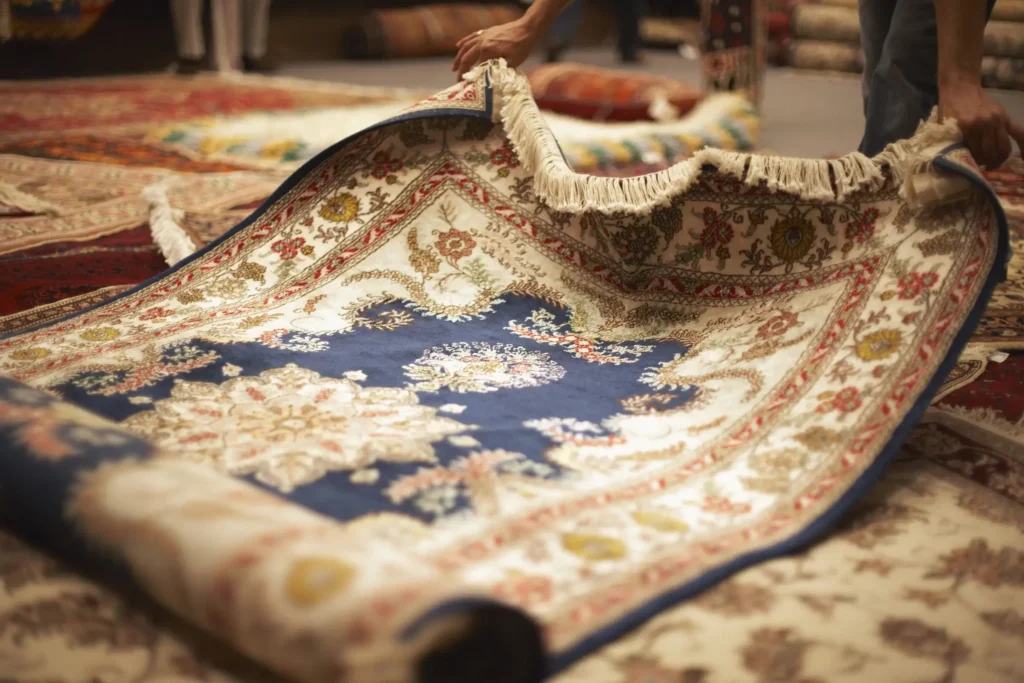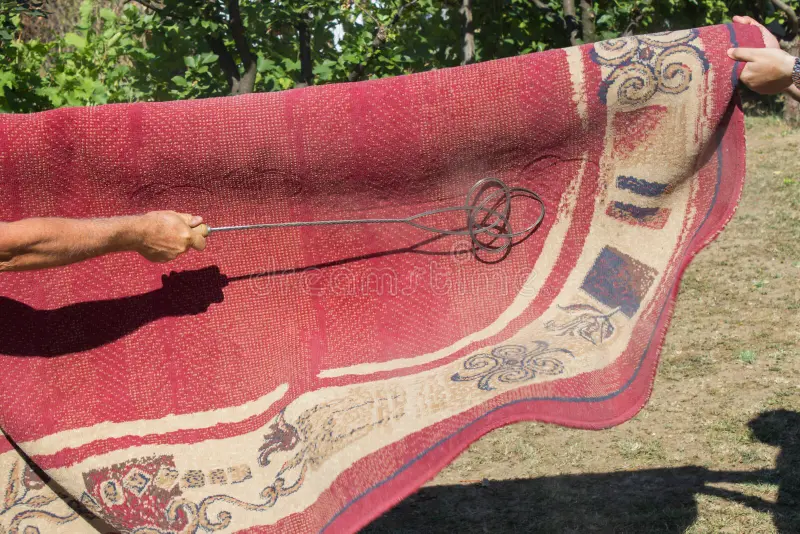
Dry Dusting / Beating Carpet
Lay the carpet flat and remove loose dust first. Light beating or dry dusting removes about 70–80% of surface dust. Do this outside or over a large sheet so dust falls away. This makes the wet wash work better and cuts washing time.
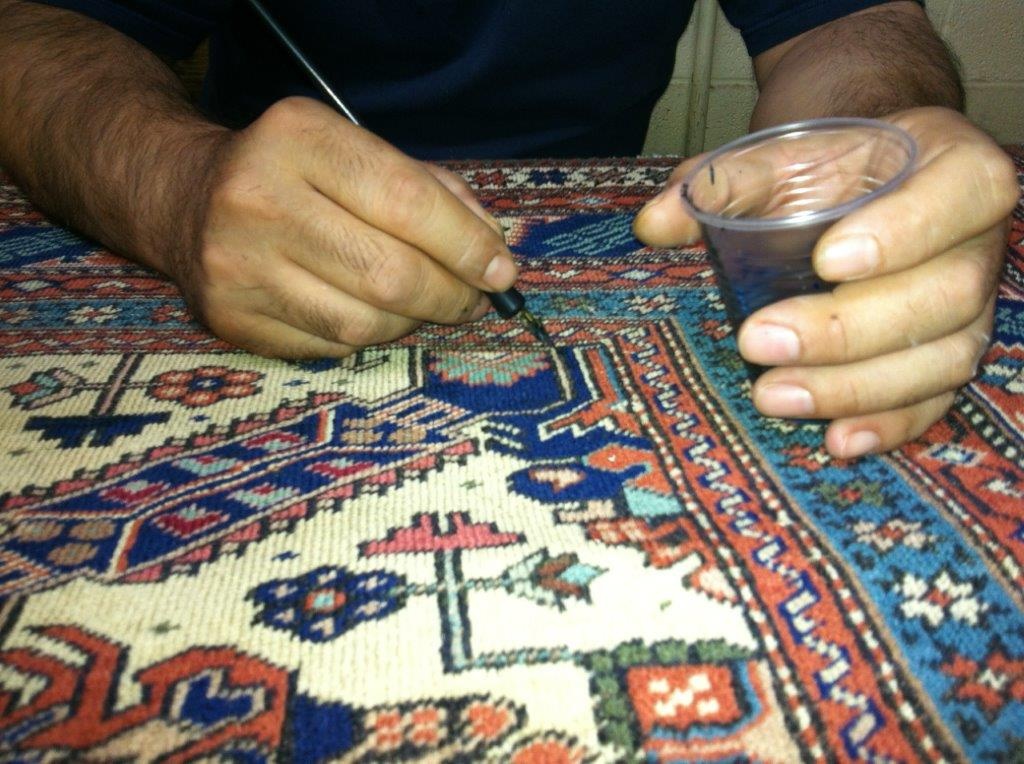
Quick Inspection & Color Test
Look for stains, holes, weak spots, and moth holes. Check fringe and edges. Do a tiny color test in a hidden corner with damp cotton if color runs, note it. Write down size and damage; older carpets often need softer care.
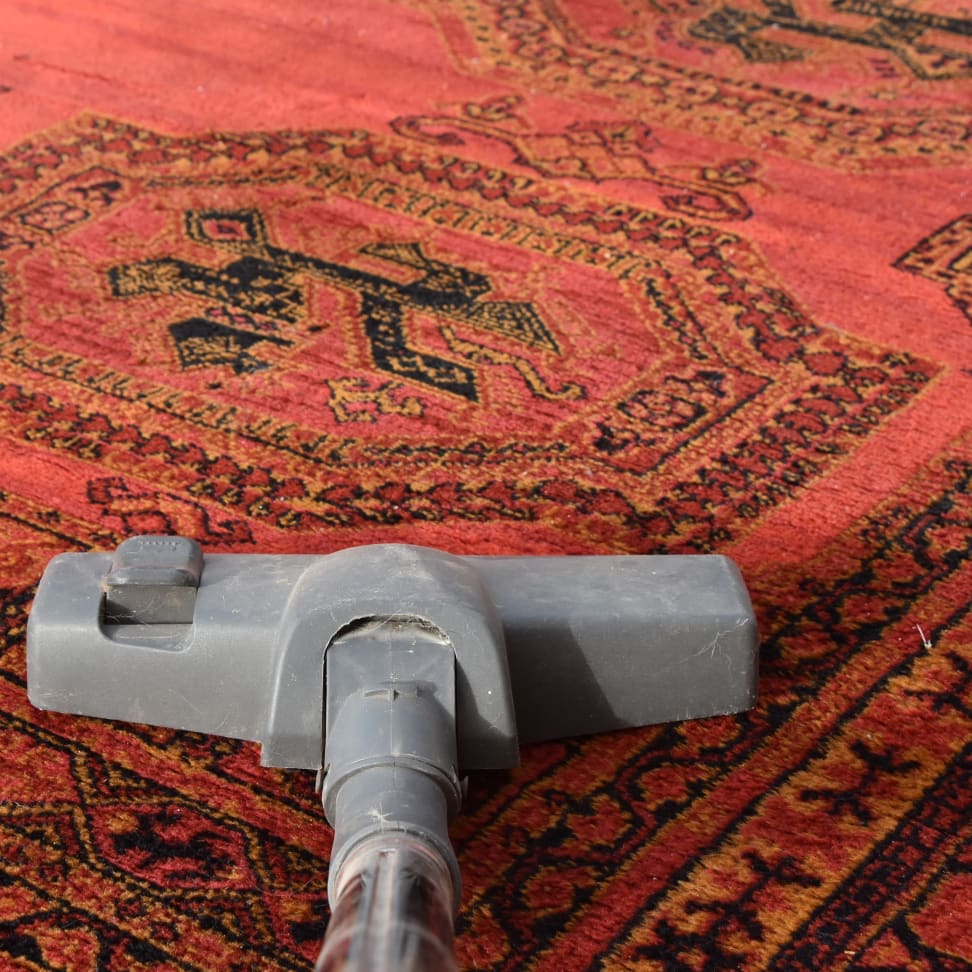
Use a low-power vacuum or pull dust by hand from the pile direction. Spend extra time on high traffic areas. Vacuuming after dusting catches leftover grit and makes the next steps safer for the knots and pile.
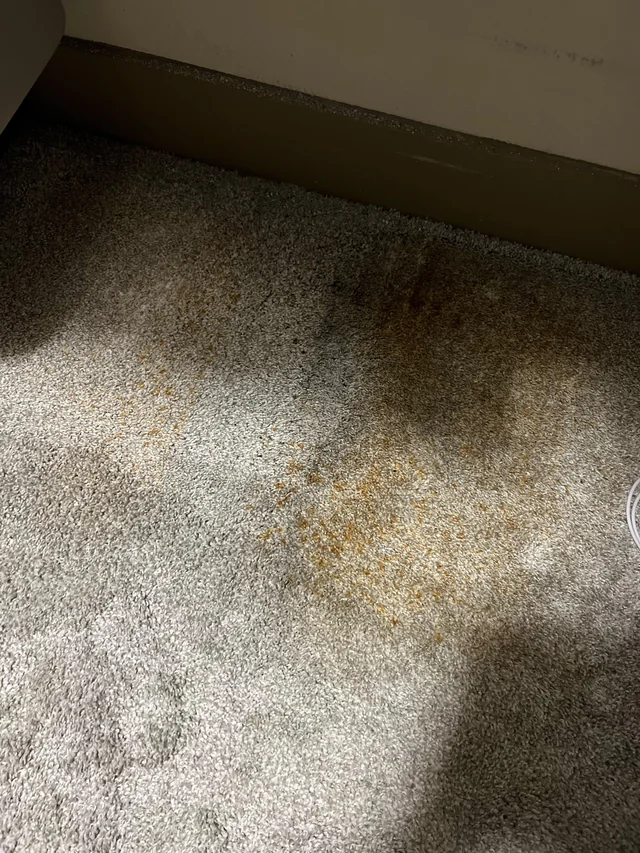
Treat clear stains first: blot wet spills, don’t rub. Use a mild soap mix (very small amount) or diluted vinegar for some stains test first. Let spot cleaners sit 5–15 minutes, then blot and rinse. Tough stains may fade but not always disappear.
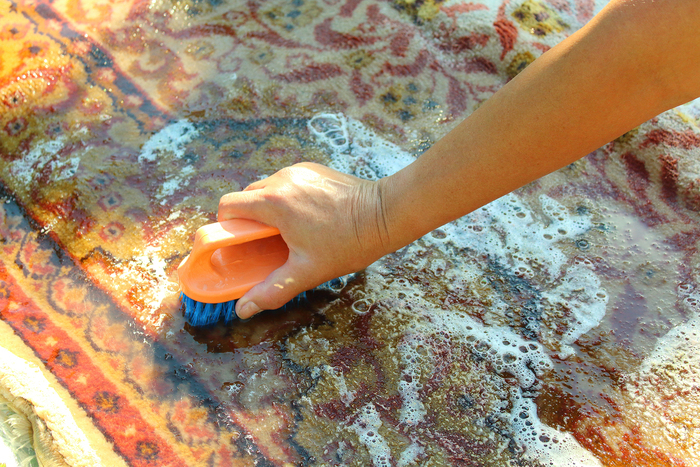
Wash by hand or with a gentle low-pressure flow. Use mild soap and warm water not hot. Work from one side to the other so you don’t spread dirt. Keep movements slow and light to protect knots and colors.
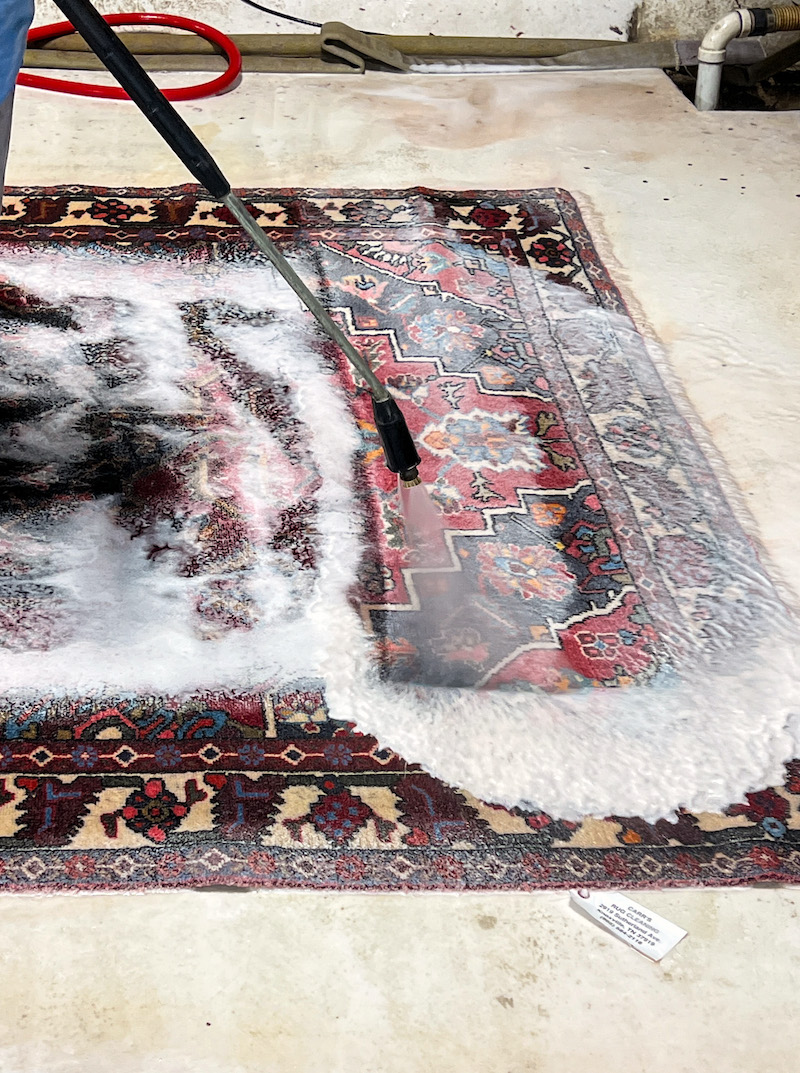
Rinse until the water runs clear. This often takes 2–4 rinses depending on dirt. Leftover soap makes fibres stiff and can dull colors. Make sure all soap is out before you stop rinsing.
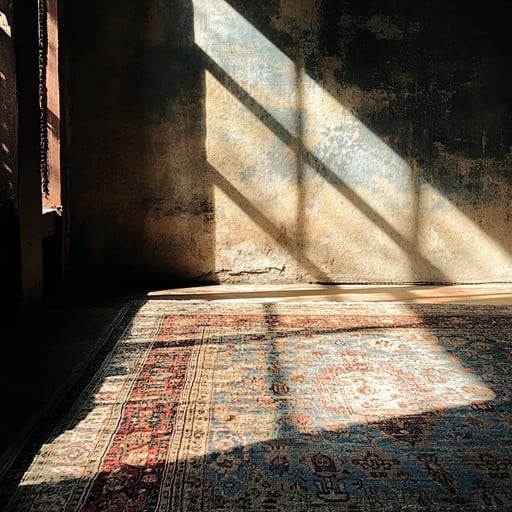
Dry the carpet flat in shade with good airflow. Avoid direct hot sun it can fade colors and shrink fibres. Drying time is usually 24–72 hours indoors, or 2–7 days fully depending on weather and thickness. Turn the rug once if needed for even drying.
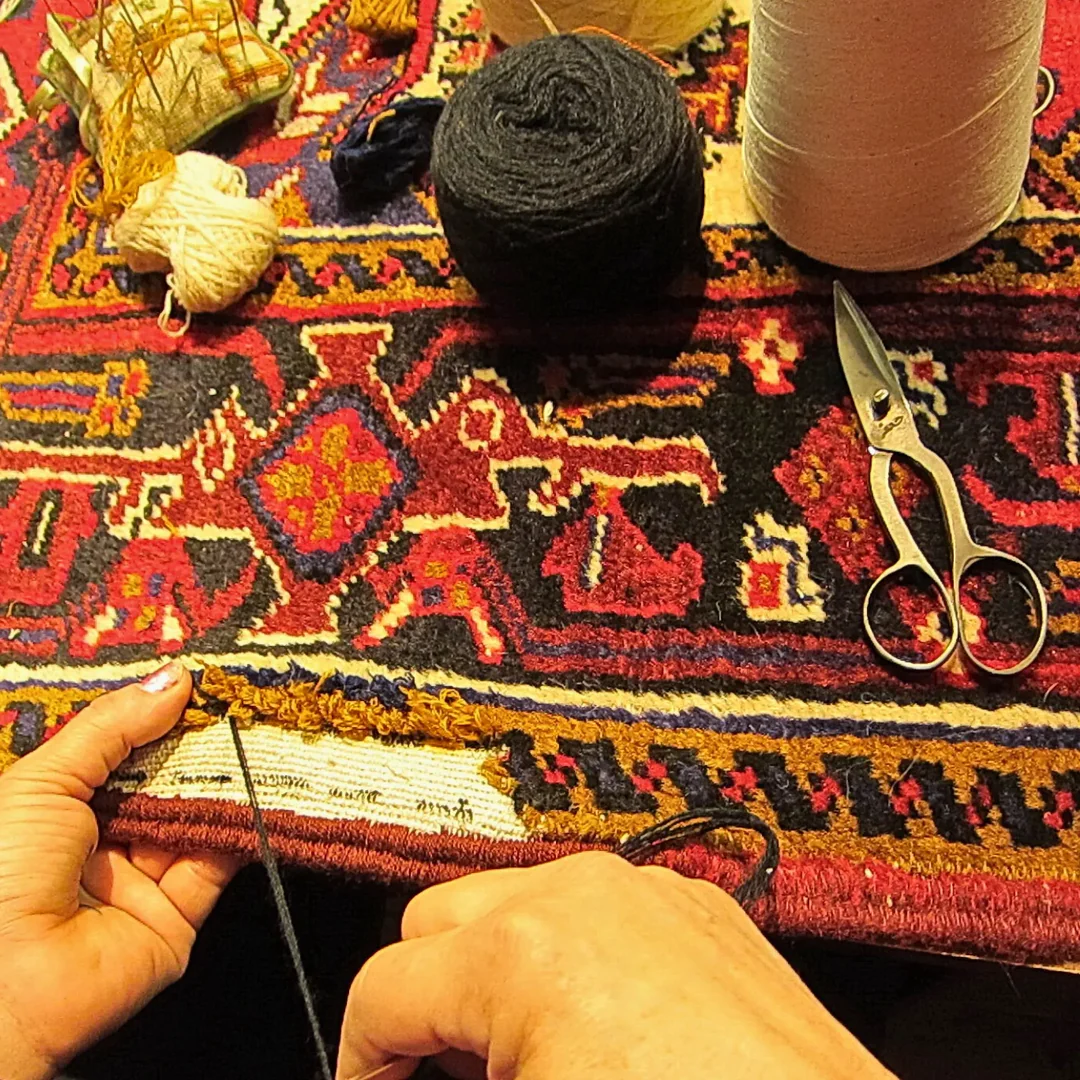
When dry, comb the pile gently and trim loose threads. Fix small tassels and edges if needed simple re-tasseling or re-edging keeps the rug safe. If there are holes or big damage, plan a repair before fitting the rug back.
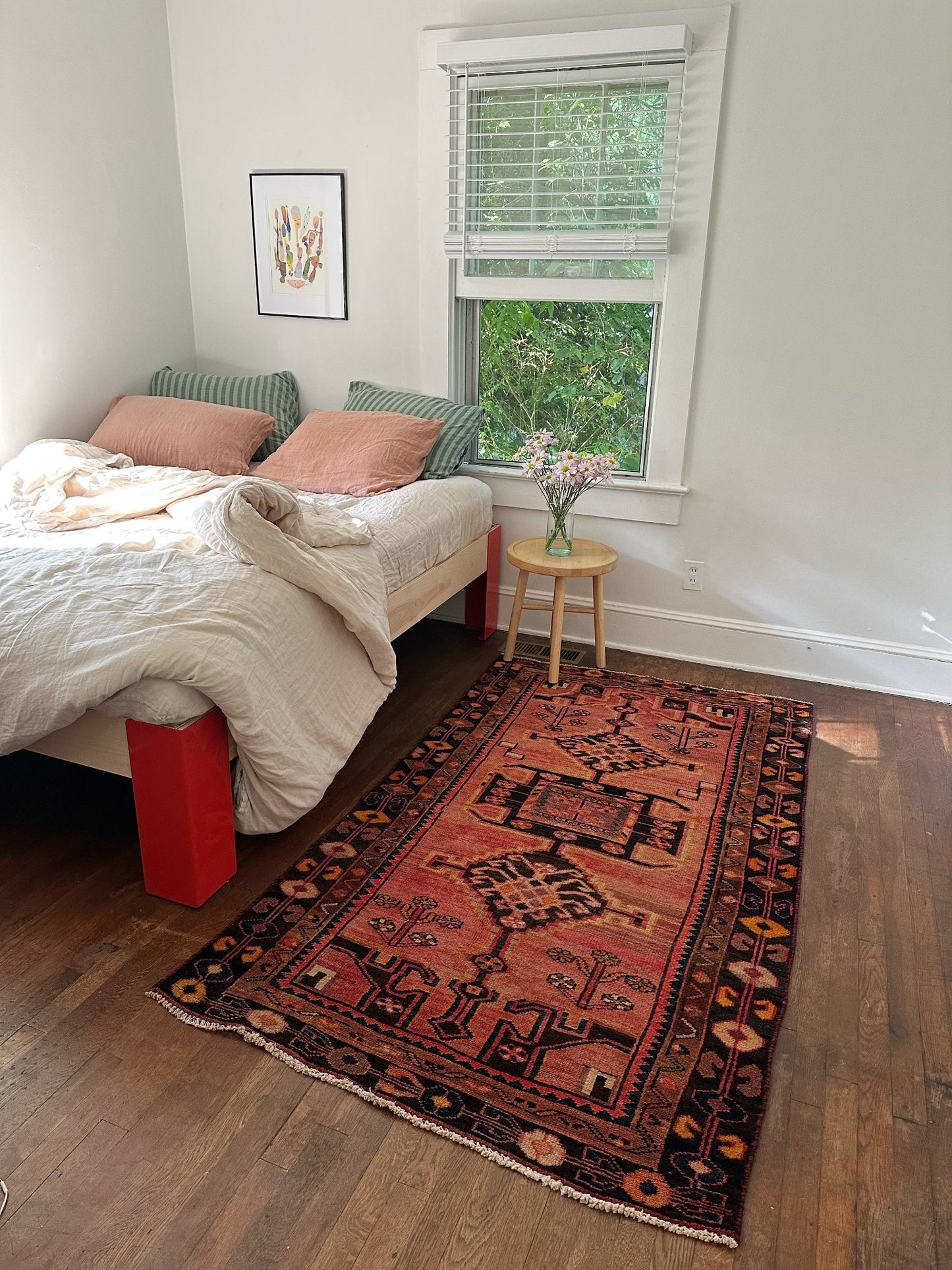
Do a final look and touch test: no soap feel, no damp spots, no strong smell. Let people walk on it lightly for the first 24–48 hours. Keep out of strong sun and vacuum gently to keep it clean longer.

